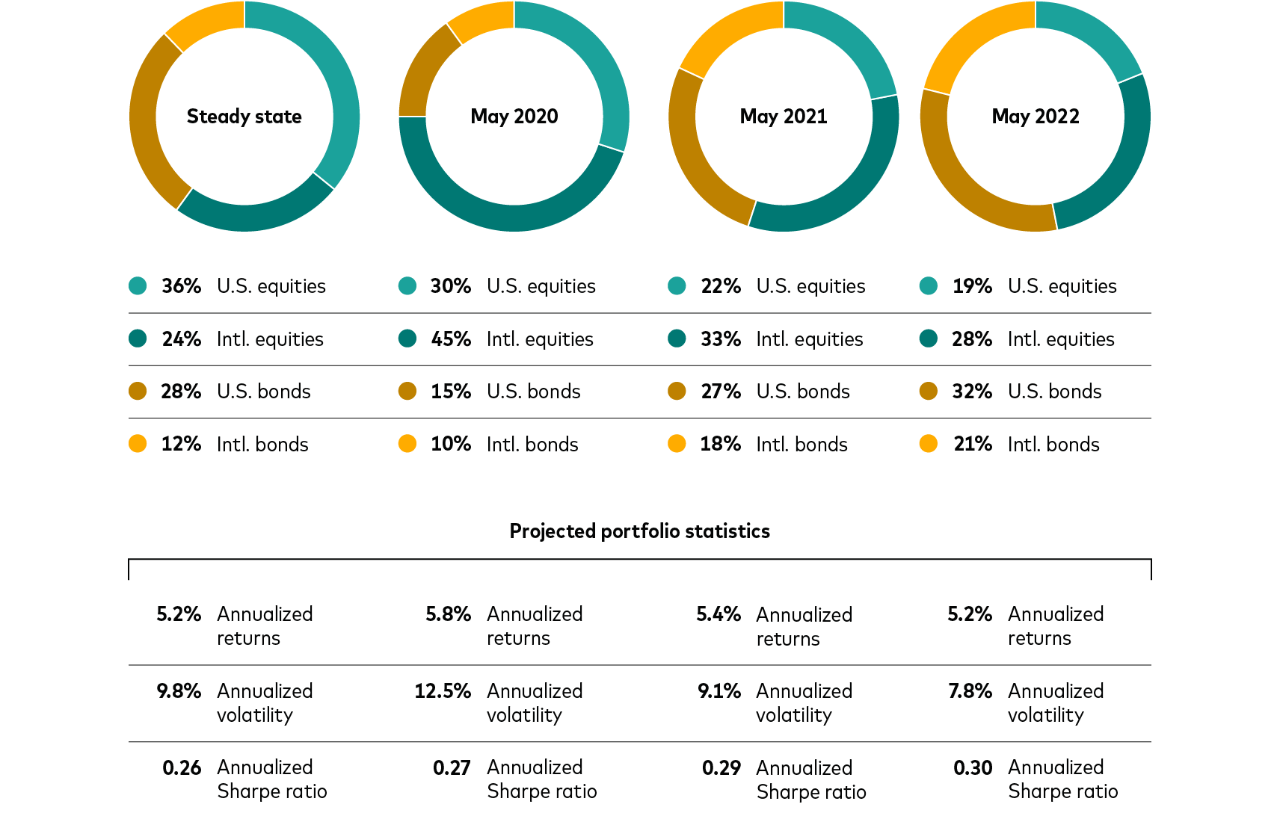Expert insight
A temporary cure for China’s ailments?
June 25, 2024
The Chinese government has vowed to transform its economy toward innovation and new or green industries. Its “Made in China 2025” industry policy has brought a surge in investment and production in new manufacturing sectors. But the surge may undermine long-term growth.
Manufacturing investment growth has accelerated, to a 9.4% year-over-year rate as of May 2024. On the other hand, property investment—which drove China’s economic growth before turning downward at the start of the decade—has contracted by 11%.
As a result, industrial investment in automobiles, nonmetal minerals, and electronics and machinery—including electric vehicles, solar panels, and lithium-ion batteries, the “new three” manufacturing focus areas crucial to China’s new energy transition—comprised 8.6% of total fixed asset investment in 2023, up from 6.9% in 2019, the year prior to the pandemic. Industrial loans now account for almost 10% of total bank lending while developer loans have dwindled to less than 6%. This has helped offset the drag from the property sector and subdued household consumption.
Amid a property downturn, manufacturing and infrastructure are holding up fixed asset investment
Bank loans have shifted from property developers to industry, particularly manufacturers
Notes: Both charts show year-over-year percentage growth rates. Data earlier than 2020 for manufacturing loans were not readily available.

Sources: Vanguard calculations using data as of May 31, 2024, from CEIC, the National Bureau of Statistics of China, and the People’s Bank of China.
Although a policy of expanding manufacturing is boosting China’s economy now, it may undermine the sustainability of growth in the longer term. Subdued household demand leads to poor profitability in these sectors as well as significant excess capacity, which factories rush to export to the global market. While China’s export volumes rose 12.2% year over year as of April 2024, export prices were down 5.8%, stoking trade tensions with the United States and the European Union.
The impact of recent U.S. tariff hikes on the “new three” will likely be modest. However, if Europe follows suit with tariffs and the U.S. introduces more, the negative impact on China’s economy could increase significantly. On top of already imbalanced fundamentals and persistent structural headwinds such as the deep property downturn, rising protectionism and geopolitical risks keep us cautious about China’s medium-term growth outlook.
Over the shorter term, China’s investment-driven cyclical recovery is positive news for the rest of the world. Some developed economies including Europe and Japan can benefit from China’s demand for their high-end capital equipment and goods. And although China’s property downturn weighs on demand for commodities, demand for certain industry metals such as copper remains solid owing to the infrastructure and production needs of the new energy transition.
Notes: All investing is subject to risk, including the possible loss of the money you invest.
